CEO Satya Nadella’s 12 Boldest Remarks At Microsoft Build 2021
‘You’ve acted as digital first responders in a moment when we needed you the most,’ Nadella tells developers watching the three-day virtual conference.
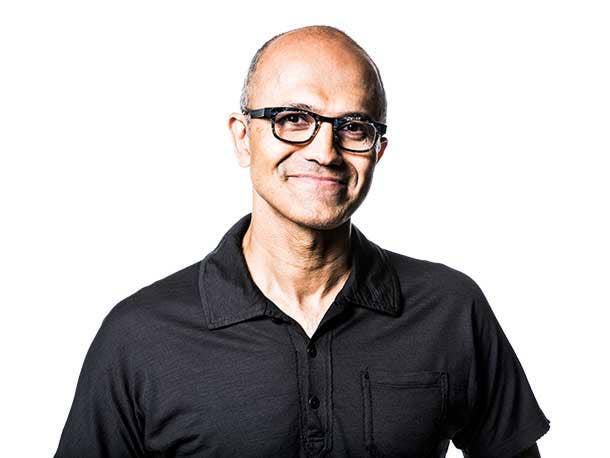
Microsoft is a company built by developers for developers first, and its ambition is to be the platform for platform creators, according to CEO Satya Nadella.
“From GitHub to Visual Studio, we provide the most comprehensive tool chain and services for every developer, every app and every platform, so you can rapidly go from idea to code and code to cloud,” Nadella said during his keynote address that opened Microsoft Build 2021, the technology company’s annual developers conference. “It’s all about that developer velocity. We want to give you the tools to innovate as fast as you want to go.”
Nadella provided a brief preview of some of the 100 new services and features across Microsoft’s tech stack being unveiled this week to help developers, including updates to the Microsoft Azure cloud, Power Platform, Windows — while also teasing “one of the most significant updates of Windows of the past decade” coming soon — and Teams.
“We want to empower you to seize these opportunities and build what comes next,” Nadella said. “Our ambition is to be the platform for platform creators. This conference is not about setting new rules or constraints that dictate how or what you should build. It’s not even about celebrating our own innovation. It’s about enabling your innovation and creating new opportunities for you. We want to help you help the world — that’s at the core of our mission.”
Here’s a look at what Nadella had to say during his Microsoft Build 2021 keynote.

Developers As Digital First Responders
There is no doubt, it’s been a challenging year. The world continues to confront a public health and an economic crisis, persistent issues of racial injustice and inequity, and the damaging effects of climate change. These crises will require long-term commitment and real work from all of us.
And this conference is about the role, the responsibility and the opportunity of this community in shaping what comes next. Over the past year, you have shown what is possible when you come together and bring together the atoms of the real world with the bits of the virtual world. You help society overcome these enormous challenges while at the same time overcoming the challenges of your own circumstances. So I want to say a big thank you. You’ve acted as digital first responders in a moment when we needed you the most, helping those on the frontlines deliver critical care and rapidly develop vaccines. You helped businesses remain resilient, ensuring they were able to quickly adapt and stay open when storefronts closed, and you helped us reimagine where humanity can go and what we can do transcending time and even space. And it’s just the beginning.

The Tech World Of 2030
Just think about the world in 2030. Tech as a percentage of total GDP (gross domestic product) will double from five to 10 percent. But the most notable thing is what will happen to the other 90 percent.
Digital transformation that was projected to happen over the next 10 years is happening today. As computing becomes embedded in every aspect of our lives, there will no longer be such a thing as the tech sector — the world will be transformed through tech intensity at scale. Every organization will not only need to adopt the latest technology, but more importantly build their own unique digital technology or be left behind.

Surge In Developers
We are seeing a surge of developers across industries and geographies. Over the past two years, the number of developers at non-tech companies has grown faster than at tech companies.
Industries hiring developers most rapidly include agriculture, consumer goods, energy, finance and wellness. To share just one example in the automotive industry: There were more software engineers than mechanical engineers hired over the last year. And we are seeing growth in every region: Nigeria (66 percent growth), Hong Kong (65 percent growth), Saudi Arabia (60 percent growth), Bangladesh (60 percent growth) and Egypt topped the list of new contributors to GitHub in 2020.
And over the past 12 months, the percentage of developer job postings that were remote increased 8x year over year (from May 2020 to April 2021 versus May 2019 to April 2020, according to LinkedIn).
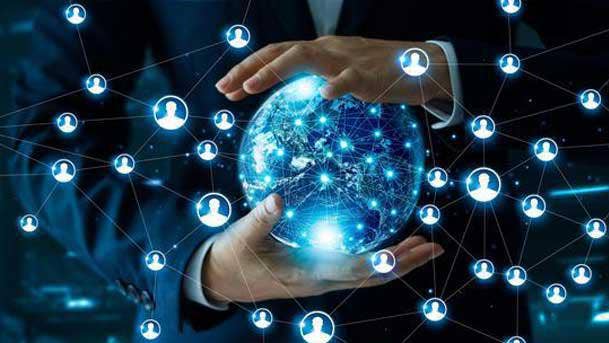
Developers Driving Companies
In a digital-first company, the developer workflow influences how the entire company works. Fusion teams of pro developers and domain experts will integrate all functions in all disciplines. For example, students and teachers, data analysts and scientists have all seen rapid growth on GitHub. And, of course, we’re experiencing massive technological and societal shifts, which will create new and lasting opportunity for all of you. As the physical and digital worlds converge, every organization — small or large in every industry, in every country — will require more ubiquitous and decentralized compute power.
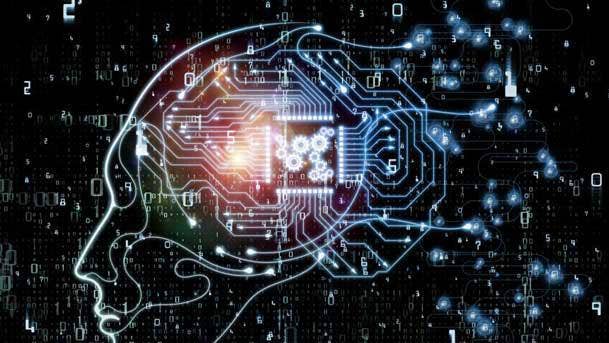
AI And Content Creation And Consumption
Large AI (artificial intelligence) models are becoming platforms creating ambient intelligence around us. The balance between consumption and creation is changing. More and more people are creating something new and magical every day, and they’re growing communities who want to discover, explore and build on their creations.
We need a virtual cycle between content consumption and commerce driven by communities for everything we build. And we’ll need to unlock the economic opportunity and productivity to prepare every person for the task at hand and for the jobs of the future. And finally, we will need trust by design. The design and development process itself must prioritize privacy, cyber security, digital safety and responsible AI across everything we do. No one will want technology that rapidly scales but breaks the world around us.
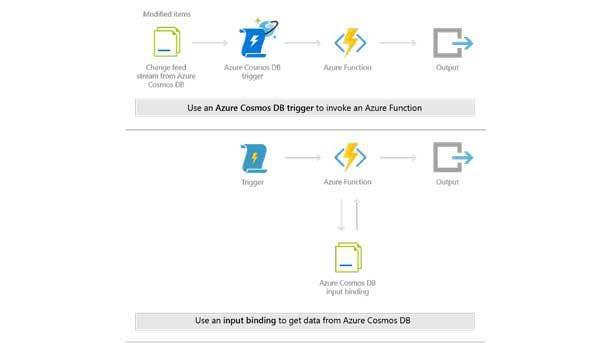
Building Intelligent Apps By Harnessing Data And AI
Every developer now has the opportunity and responsibility to make organizations sovereign in terms of their own data being used to benefit their own organization. The opportunity’s clear: The next generation of applications will not be reactive, but proactive because of their ability to harness the power of data to drive that next level of intelligence.
From Hyperscale SQL and PostgreSQL, Cosmos DB to Synapse, and Synapse Link and Purview, Azure is the only cloud with limitless data and analytics and data governance capabilities. And in AI, we offer the most comprehensive portfolio of tools and frameworks for you to build these intelligent apps responsibly.
You see so many customers applying these data and AI capabilities today. Twitter is using our speech services to generate captions for their live audio conversations on Twitter Spaces, making (the) platform more accessible. And Walmart.com is using Cosmos DB to power their ecommerce transactions over holidays, handling billions of requests daily and providing millions of the customers with items they wanted, when they needed them.
Cosmos DB has become the go-to database to power the world’s most demanding, mission-critical applications. New capabilities boost performance by more than 300 percent for these really heavy workloads.
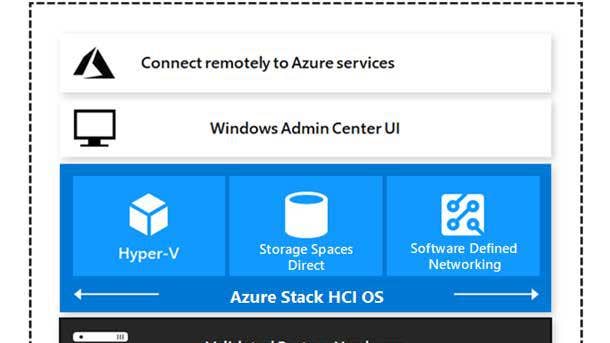
Cloud-Native Apps
Now let’s talk about cloud-native apps. The world’s not getting simpler. Technologies are multiplying, there’s an increasing variety of hardware, silicon, deployment models. Some will argue that the cost of supporting multi-cloud is pretty prohibitive. Add the edge to that, and it becomes exponentially more complex. We’re making all of this simpler to help you build and create from anywhere.
The apps of the future will be cloud-native, and you should be able to run them anywhere across on premise, edge and multi-cloud. Today, we’re excited to announce that Azure application services will now be able to run on Kubernetes and anywhere with Azure Arc. This means you can now run your favorite Azure Application Services on premise, on the edge or other clouds. And with AKS and Azure Stack HCI, you can now build consistent applications across Azure and hybrid. Deploying AKS on Azure Stack HCI just takes a few clicks.
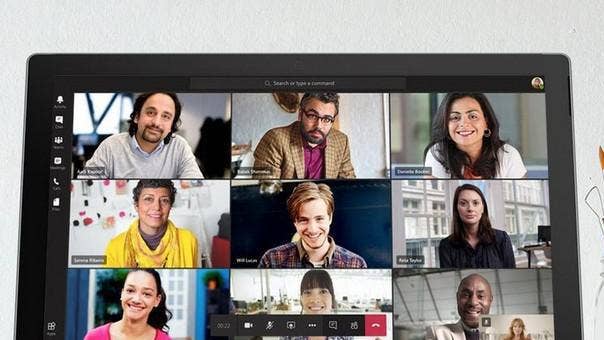
The Future Of Work And Teams
Hybrid work perhaps represents the biggest shift on how we work in our generation. It’ll be complex, there’s no standard. It’ll require a new operating model designed around new ways people work, the places they inhabit — both digital and physical — as well as changes to processes across every business function. That’s why we built Teams as that organizing layer for all the ways people will learn and collaborate.
Teams now has 145 million daily active users, almost double the number a year ago. It’s the only solution that brings together meetings, calls, chat, document collaboration and workflow in a single integrated user experience. And it enables you to bring collaboration to the forefront of app design.
One of the things I’m most excited about is…Teams and Office really enabling a new category of cross-device collaborative applications. This new generation of cross-device, collaborative applications will be a transformational, first-class platform opportunity for you.
For example, we’ll show you how our partner, ServiceNow, built a collaborative app for incident response using Teams as the UI, the Microsoft Graph to connect with the right people in the organization, and a bot to alert them to join a conference call when required.
And they’re going even further, adding fluid components to Teams and Office, helping you integrate your apps into critical endpoints like Teams Meetings, delivering a unified development model for message extensions across Teams and Outlook, and making the Teams app development experience easier with improved developer tools and a new developer portal.
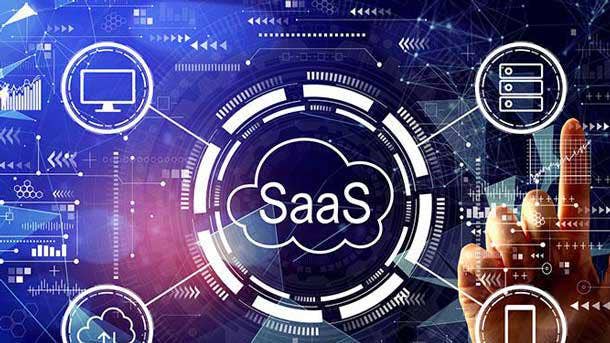
‘Largest Developer Opportunity’
When you step back, it’s clear that as every company becomes a digital company, the largest developer opportunity is building industry-specific, business process SaaS applications…these next-generation, cloud-native SaaS apps that compose on top of other clouds and components.
These SaaS apps will embrace higher-level platform services and embed low-code and workflow platforms, and reuse applications as services. This is how you can maximize your value-creation opportunity. (London-based fintech company) Finastra is using our financial services cloud with Teams, Power Platform and Azure as their core platform to accelerate time to development of a new application. And we see other ISVs across industries embracing this opportunity, too, in order to unlock the next-generation, industry SaaS opportunity.
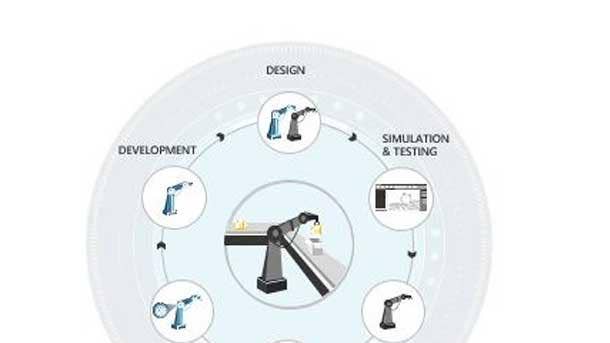
Azure Digital Twins, IoT And Mixed Reality
As the virtual and physical worlds converge, the metaverse made up of digital twins, simulated environments and mixed reality is emerging as a first class-platform.
With the metaverse, the entire world becomes your app canvas. With Azure Digital Twins, you can model any asset or place with Azure IoT and keep the digital twin live and up to date. Synapse tracks the history of digital twins and finds insights to predict future states. And with Azure, you can build autonomous systems that continually learn and improve. Power Platform enables domain experts to expand on and interact with digital twin data using low-code, no-code solutions. And Mesh and HoloLens bring real-time collaboration.
Anheuser-Busch InBev has used our metaverse stack to track every bottle from the wheat field through the manufacturing and distribution processes. They’ve created this complete digital twin of their breweries and supply chain. The digital twin is synchronized with their physical brewery. It understands these complex relationships between equipment and natural ingredients. It enables the brew masters to make adjustments based on dynamic conditions. It maintains uptime on many machines required during the packaging process. It tracks the entire supply chain to reduce emissions. Deep reinforcement learning works with digital twins to help packing line operators detect and automatically compensate for bottlenecks. They even use mixed reality with their digital twin for remote assistance.
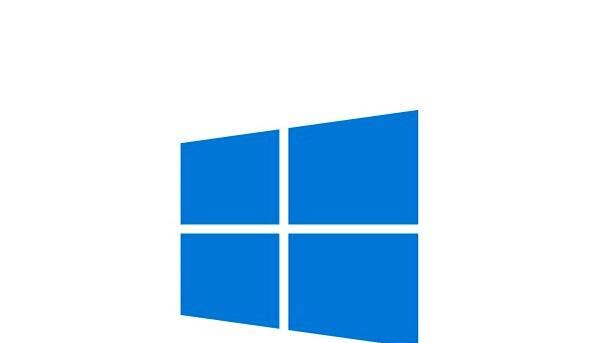
Windows Has ‘Never Been More Important’
Across all the opportunities that are highlighted today, Windows is implicit — it’s never been more important.
Windows 10 is used by more than 1.3 billion people to work, learn, connect and play, and it all starts with Windows as a dev box. Windows brings together all your developer and collaboration tools in one place. It lets you choose the hardware you want, works with Linux and Windows environments as one and has a modern terminal. And soon we will share one of the most significant updates of Windows of the past decade to unlock greater economic opportunity for developers and creators. I’ve been self-hosting it over the past several months, and I have been credibly excited about the next generation of Windows.
Our promise to you is this: We will create more opportunity for every Windows developer today and welcome every creator who is looking for the most innovative, new, open platform to build and distribute and monetize applications. We look forward to sharing more very soon.

Developers Are ‘Doing The Hard Work’
We are at a pivotal moment. Development teams are changing, workflows are changing, app models are changing.
Apps themselves are changing — they will all become multi-cloud, multi-edge as well as multi-sense and multi-device. They’ll be infused with AI. Devices will work harmoniously together to support and put people at the center of these experiences. And, most importantly, they will address some of our biggest opportunities.
You are the ones doing the hard work to shape this new reality, and we are here to help. Everything we will show you is designed to empower you and empower the world. I can’t wait to see what you create.